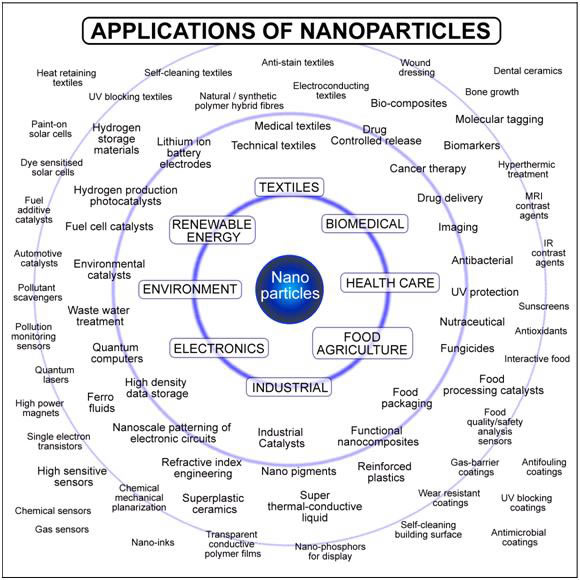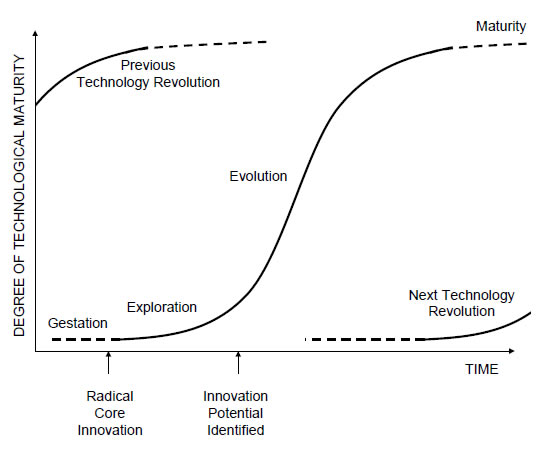Similar to computers, nanotechnology is both an enabling technology and a technology sector in its own right. Nanotechnology is prolific in the research and development of almost every economic sector, from aerospace to medicine to energy.
2013 Nanotechnology Patent Literature Review
Contributed by
- The total volume of published nanotechnology patent literature increased 5 percent in 2013 and has more than tripled since 2003.
- The number of U.S. patents issued in nanotechnology was more than 6,000 in 2013, a 17 percent increase over 2012.
- About 54 percent of the nanotechnology patent literature published in 2013 was assigned to U.S.-based entities, followed by South Korea at 8.3 percent, Japan at 8.0 percent and Germany at 5.8 percent.
- The top-three assignees of the nanotechnology patent literature published in 2013 are primarily in the Computers and Electronics sector. The other two assignees rounding out the top five are universities in China and the United States.
- The nanotechnology patent literature in the Energy sector increased 8 percent in 2013.
Additionally, the McDermott team performed a more detailed analysis of the innovation trends in graphitic carbon-based nanotechnology innovations. Graphitic carbon-based nanoparticles (fullerenes, carbon nanotubes and graphene) have unique structures that give rise to interesting electrical, spectral, thermal and mechanical properties that can be exploited in applications across many technology sectors. While some of the same trends were seen when comparing graphitic carbon-based nanotechnology innovation to nanotechnology innovation in general, some surprising observations were made with respect to graphitic carbon-based nanotechnology innovation including the following:
- While 50 percent of the graphitic carbon-based nanotechnology patent literature published in 2013 was assigned to U.S.-based entities, Eastern Asia’s market share is about 37 percent, which is 9 percent more than for nanotechnology patent literature in general.
- While the United States has at least one of the top three assignees in each of the six technology sectors analyzed, Eastern Asia-based companies are more prevalent players in graphitic carbon-based nanoparticles as compared to nanotechnology innovation in general.
- The Energy sector is also the fastest-growing sector for graphitic carbon-based nanotechnology innovation, with an 18 percent increase in 2013.
- For nanotechnology patent literature as a whole, Energy Storage, Photovoltaics and Petroleum Exploration emerged as the top three areas of focus in the Energy sector, each with similar growth since the early 2000s. In the more-focused area of graphitic carbon-based nanotechnology, Energy Storage dominates the Energy sector.
- Nanotechnology innovation for Photovoltaics appears to have stagnated or is on the decline. This could indicate reduced interest in this category or a transition from research to commercialization in the sector.
INTRODUCTION TO THE NANOTECHNOLOGY REVOLUTION


To read the complete report visit http://www.mwe.com/info/news/2013NanotechnologyPatentLiteratureReview.html
The content & opinions in this article are the author’s and do not necessarily represent the views of RoboticsTomorrow
Comments (0)
This post does not have any comments. Be the first to leave a comment below.
Featured Product

